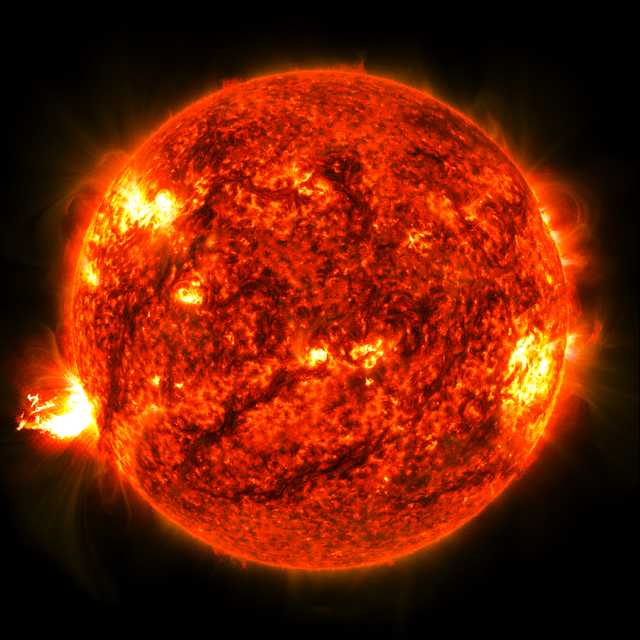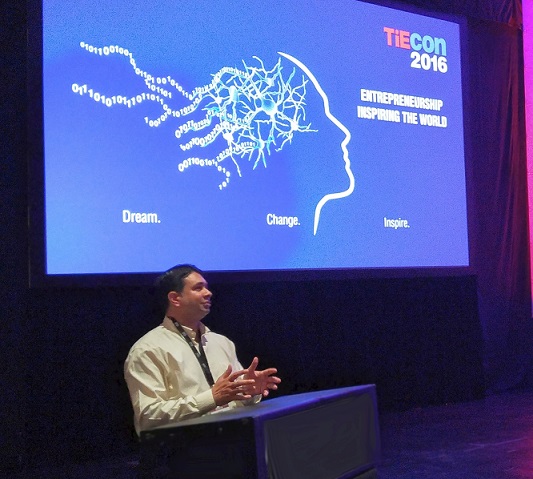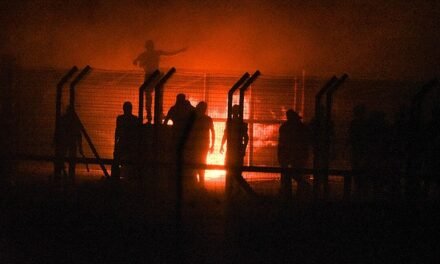Late Monday night, a massive solar flare roared from the sun, throwing global communication networks into chaos and leaving people around the world stunned by both its impact and its beauty. This rare cosmic event, one of the fiercest in over a decade, knocked out satellite signals, scrambled GPS systems, and even caused flickers in some power grids, reminding everyone just how much we depend on technology—and how vulnerable it is to nature’s wrath.
The flare, dubbed an X-class event by scientists, erupted from a sunspot at about 11:47 p.m. UTC on May 19, 2025, according to NASA’s Solar Dynamics Observatory. It unleashed a blast of electromagnetic radiation, followed by a coronal mass ejection—a giant wave of charged particles that crashed into Earth’s magnetic field two days later. The resulting geomagnetic storm triggered radio blackouts across North America, Europe, and Asia, disrupting the high-frequency signals that airlines and ships rely on. In some areas, GPS systems went haywire, leaving pilots, truckers, and sailors scrambling to find their way.
“This thing hit like a freight train,” said Dr. Elena Martinez, a solar physicist with the National Oceanic and Atmospheric Administration (NOAA). “Satellites got knocked offline, and some power grids flickered, but we dodged a bullet with no major outages.”
The flare laid bare how fragile our tech-heavy world is when the sun gets angry. In the U.S., the Federal Aviation Administration sent out urgent warnings to airlines about spotty navigation and communication systems. In Europe, telecom companies scrambled to restore dropped connections, especially for satellite internet users. Even hobbyists, like amateur radio operators, were left in the dark, their frequencies silenced by the storm’s interference.
This solar outburst comes as the sun ramps up toward the peak of its 11-year cycle, expected later this year. Scientists warn that this cycle, called Solar Cycle 25, is turning out to be a wild one. “We’re getting hit with bigger and more frequent solar storms than we thought,” said Dr. Rajesh Kumar, a space weather expert at the University of Oxford. “This is a loud wake-up call to get our systems ready for what’s coming.”
The response has been a scramble to keep up. In the U.S., the Department of Homeland Security pressed hospitals, power plants, and other critical operations to double-check their systems for weak spots. In Japan, where satellites are a lifeline for disaster alerts, officials are racing to strengthen backup plans. Private satellite companies reported a few glitches but said most of their equipment was switched to safe mode to ride out the storm.
For many people, the flare was a strange mix of frustration and wonder. Across the globe, from Texas to northern India, folks stayed up late to snap photos of breathtaking auroras—vivid ribbons of light dancing across the sky, a dazzling side effect of the geomagnetic storm. But experts warn there’s a darker side to the spectacle. “Those auroras are gorgeous, but they’re a sign of a disturbance that can cause real trouble,” Martinez said.
The financial hit is still being tallied, but it’s not small. Industries like banking and shipping, which lean heavily on precise timing and navigation, could be looking at millions in losses. A similar storm in 1989 left Quebec without power for nine hours, and experts say a bigger one could hit even harder.
Scientists are now glued to their monitors, watching the sun for more trouble. NOAA’s Space Weather Prediction Center says the sunspot behind this flare is still active, meaning more disruptions could be on the horizon. There’s growing pressure on governments to upgrade power grids and satellites, with some calling for a global effort to build better early-warning systems. “The sun doesn’t care about borders,” Kumar said. “We need to work together to stay ahead of it.”
As researchers dig into the data to sharpen their forecasts, the world is left reflecting on how much we rely on technology—and how quickly the sun can bring it to its knees. For now, people are picking up the pieces, hoping this cosmic wake-up call pushes leaders to act before the next flare strikes.


















